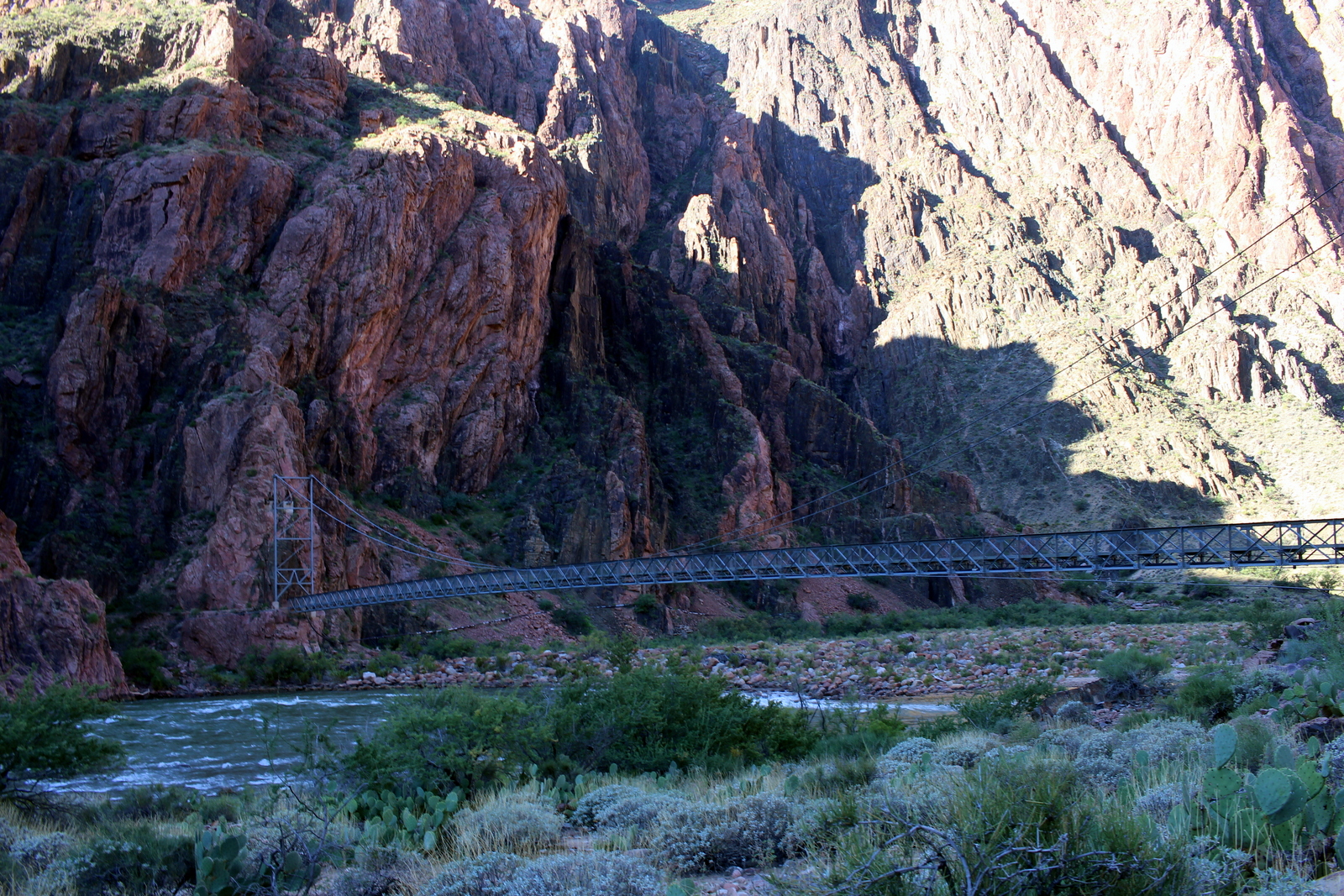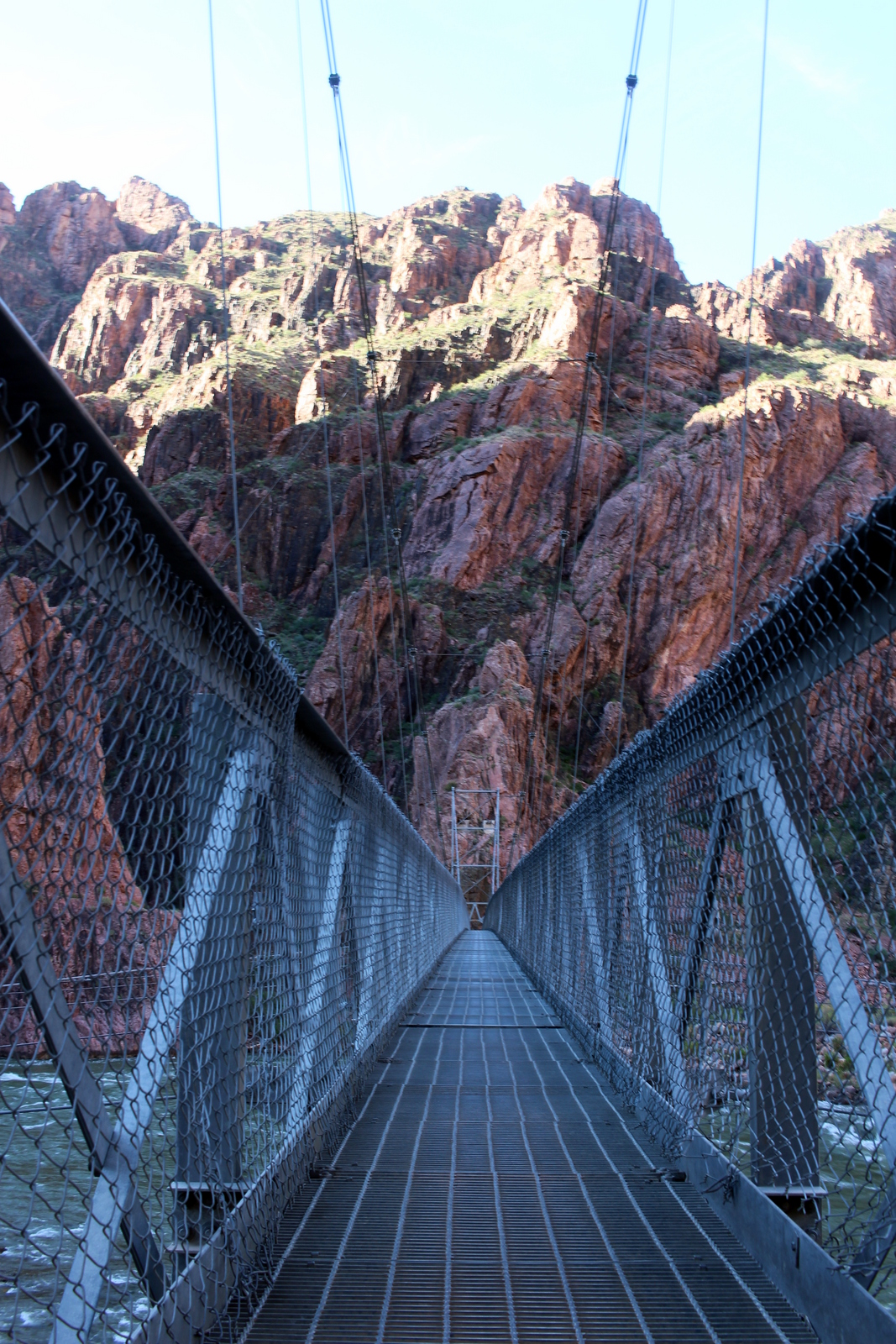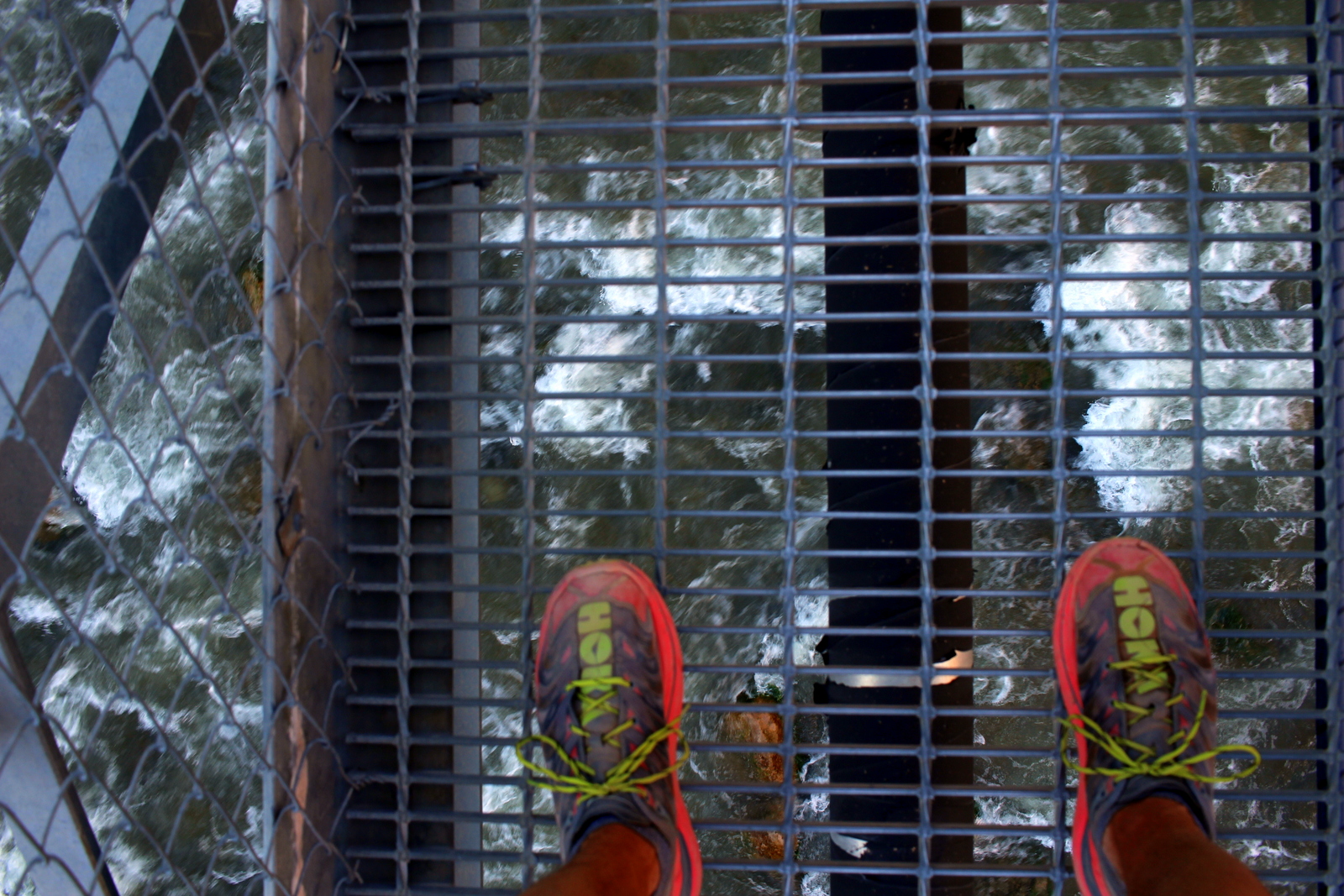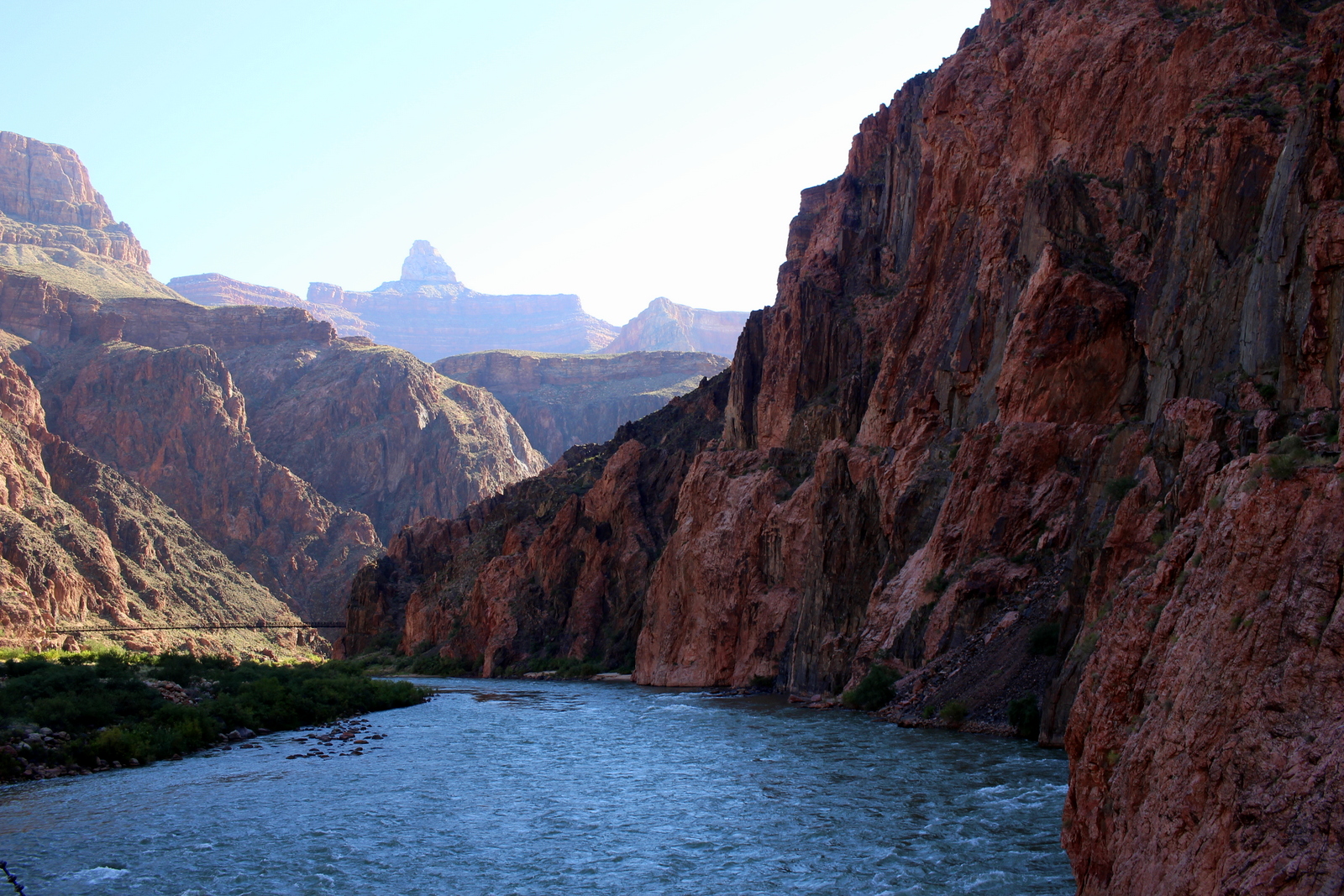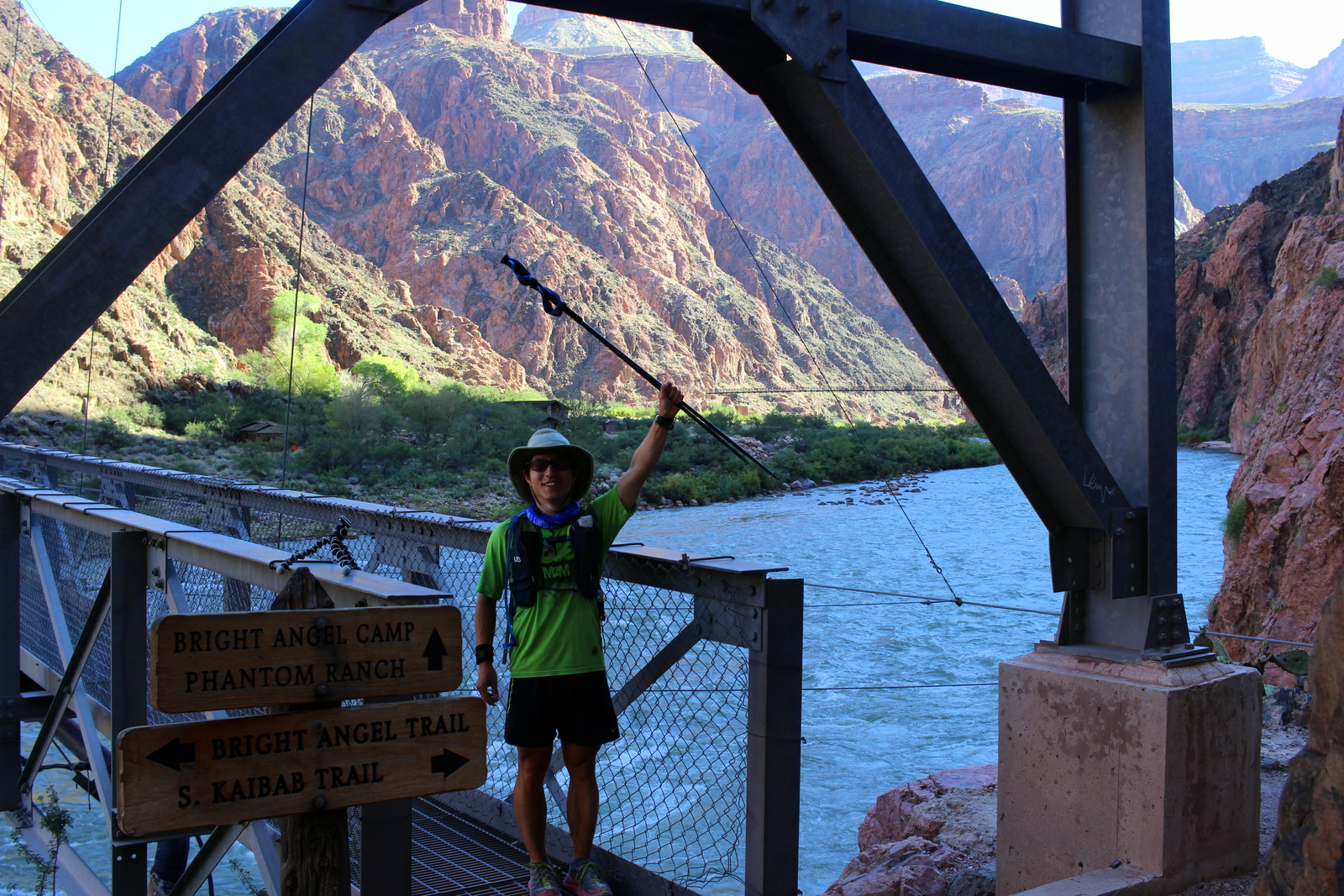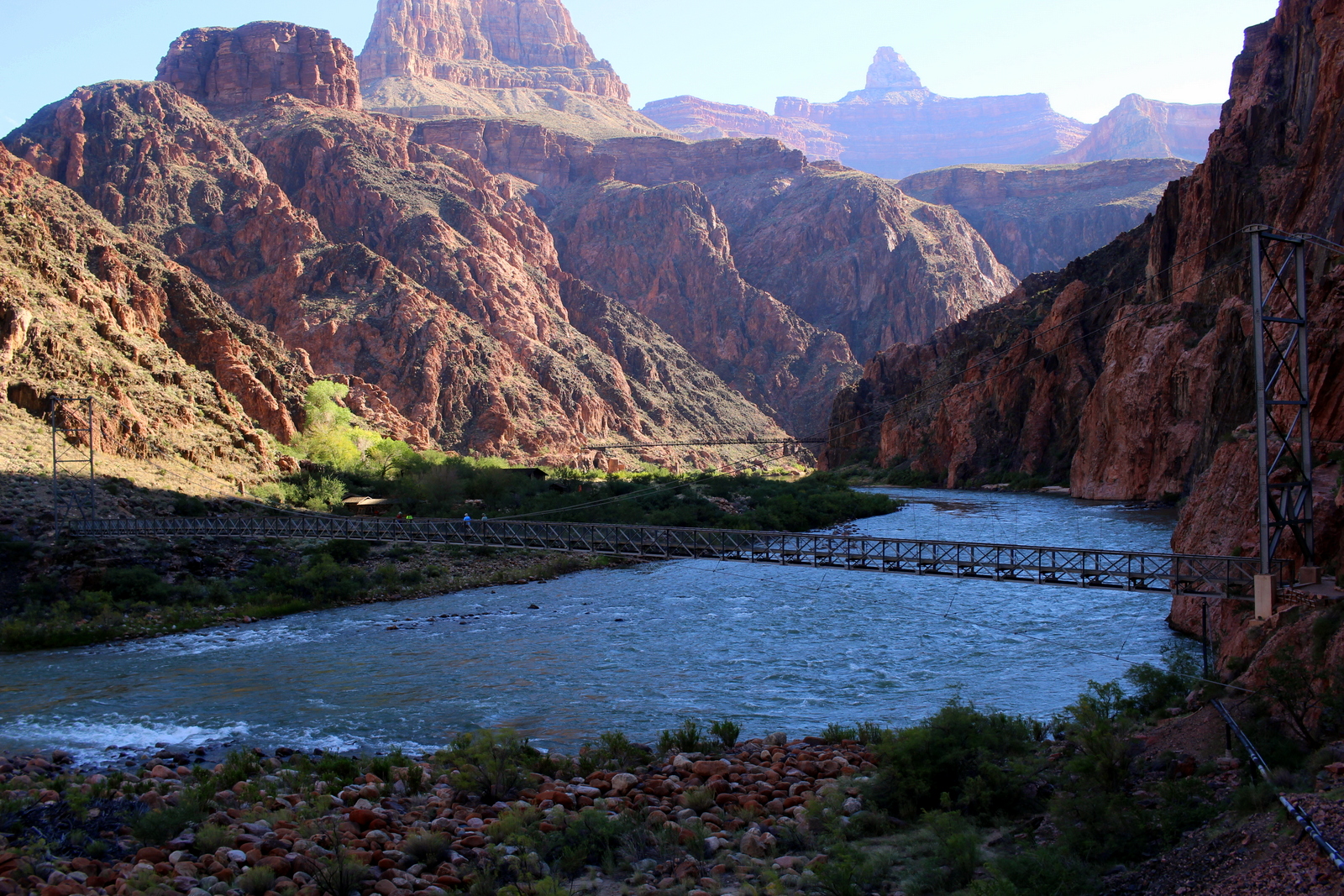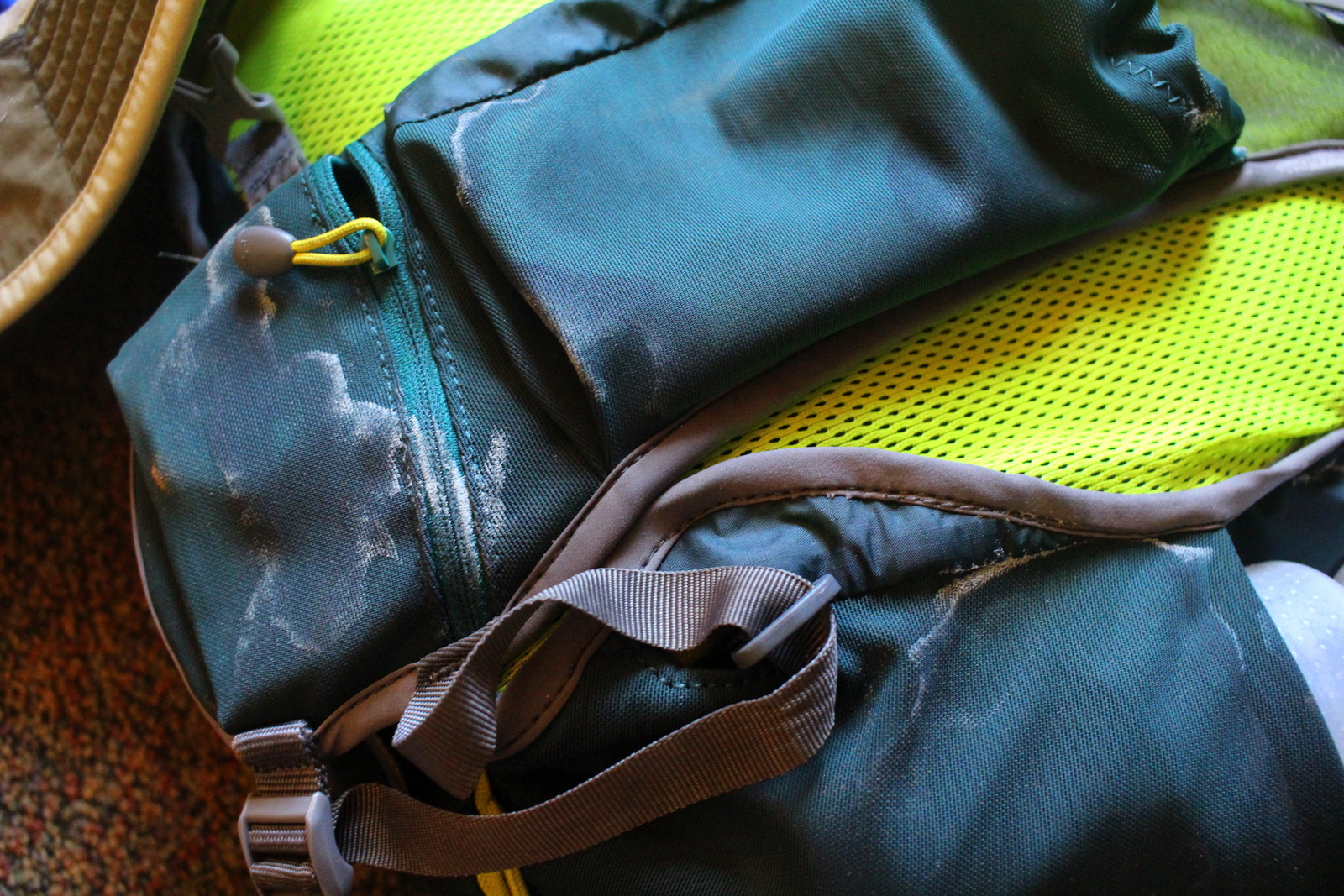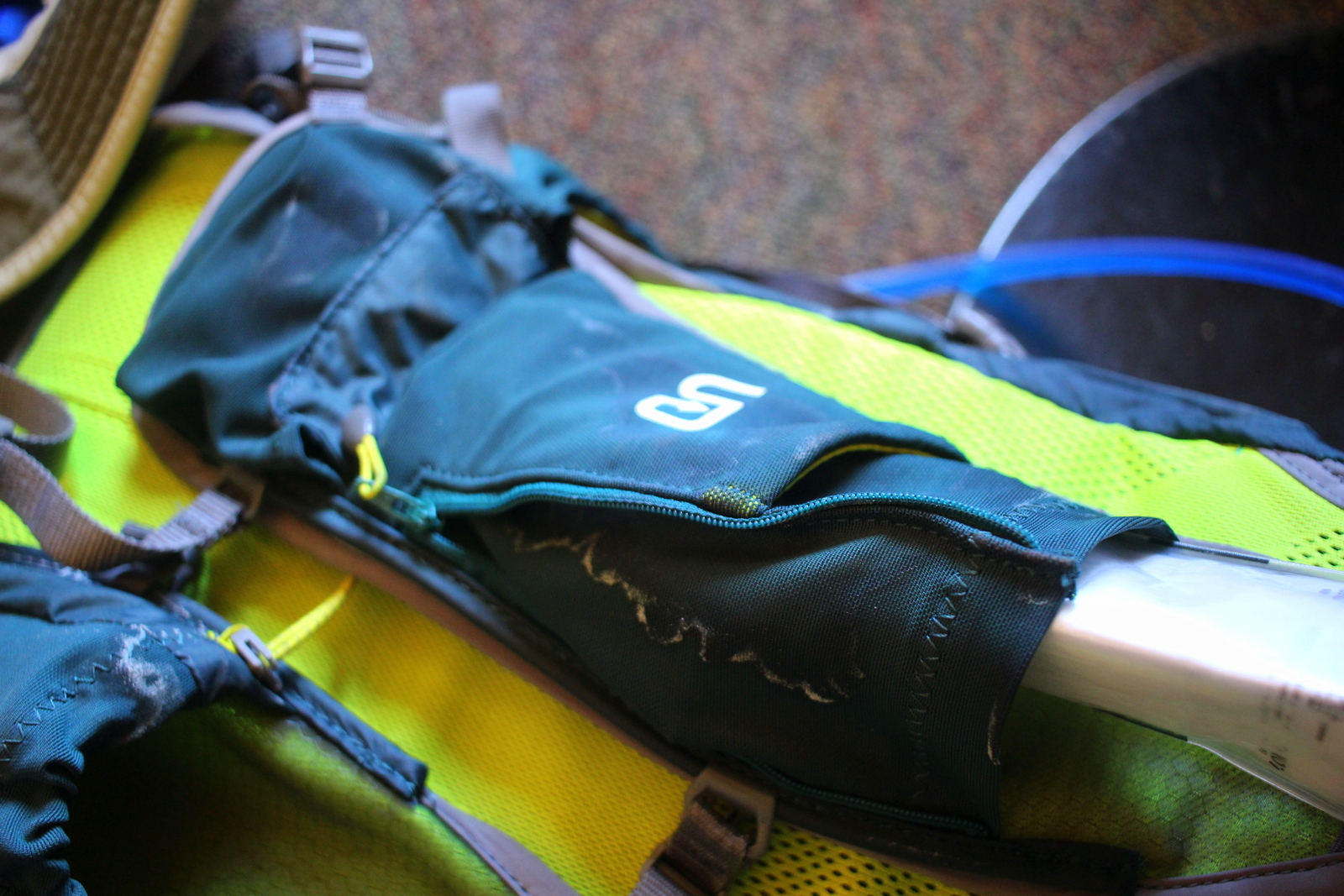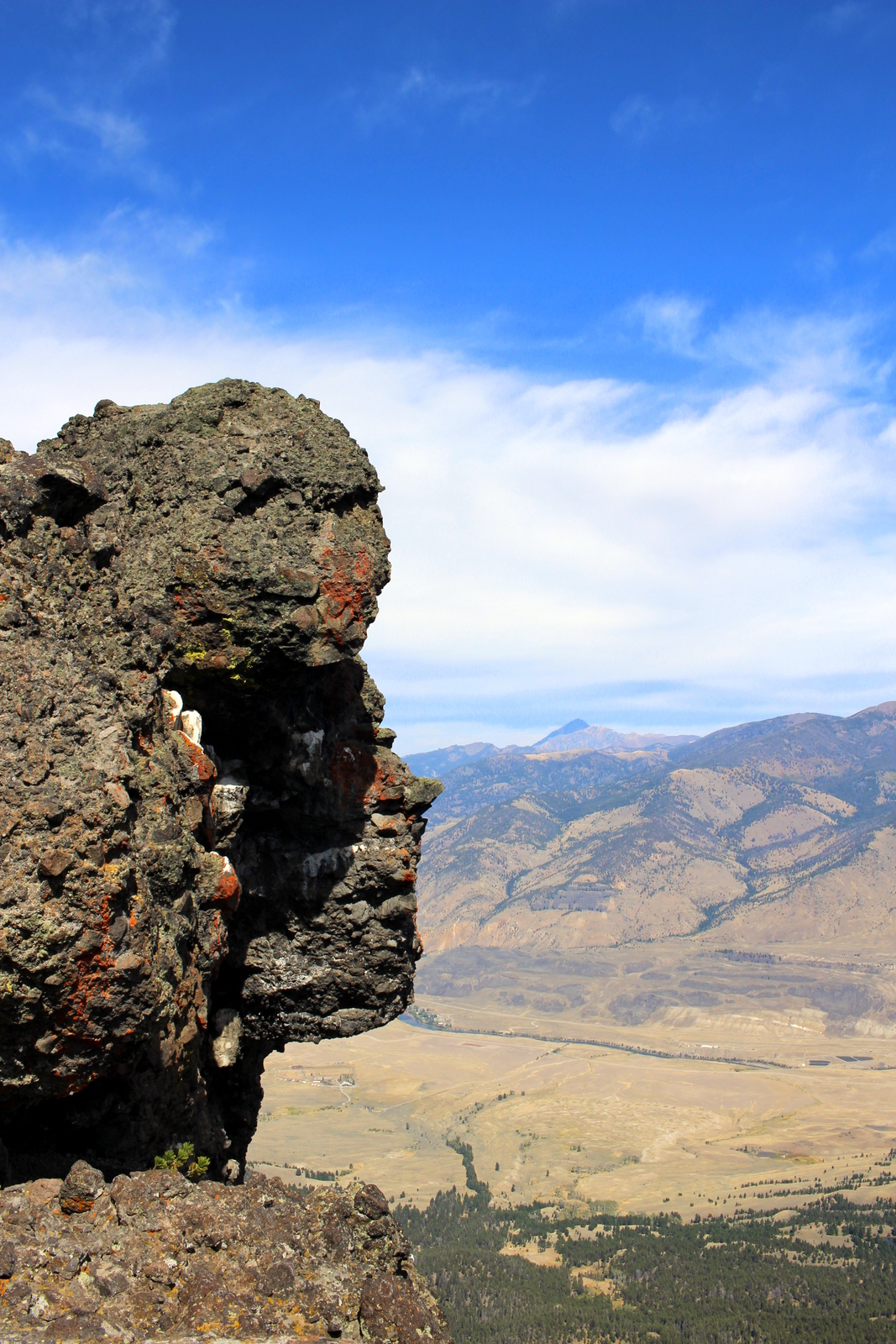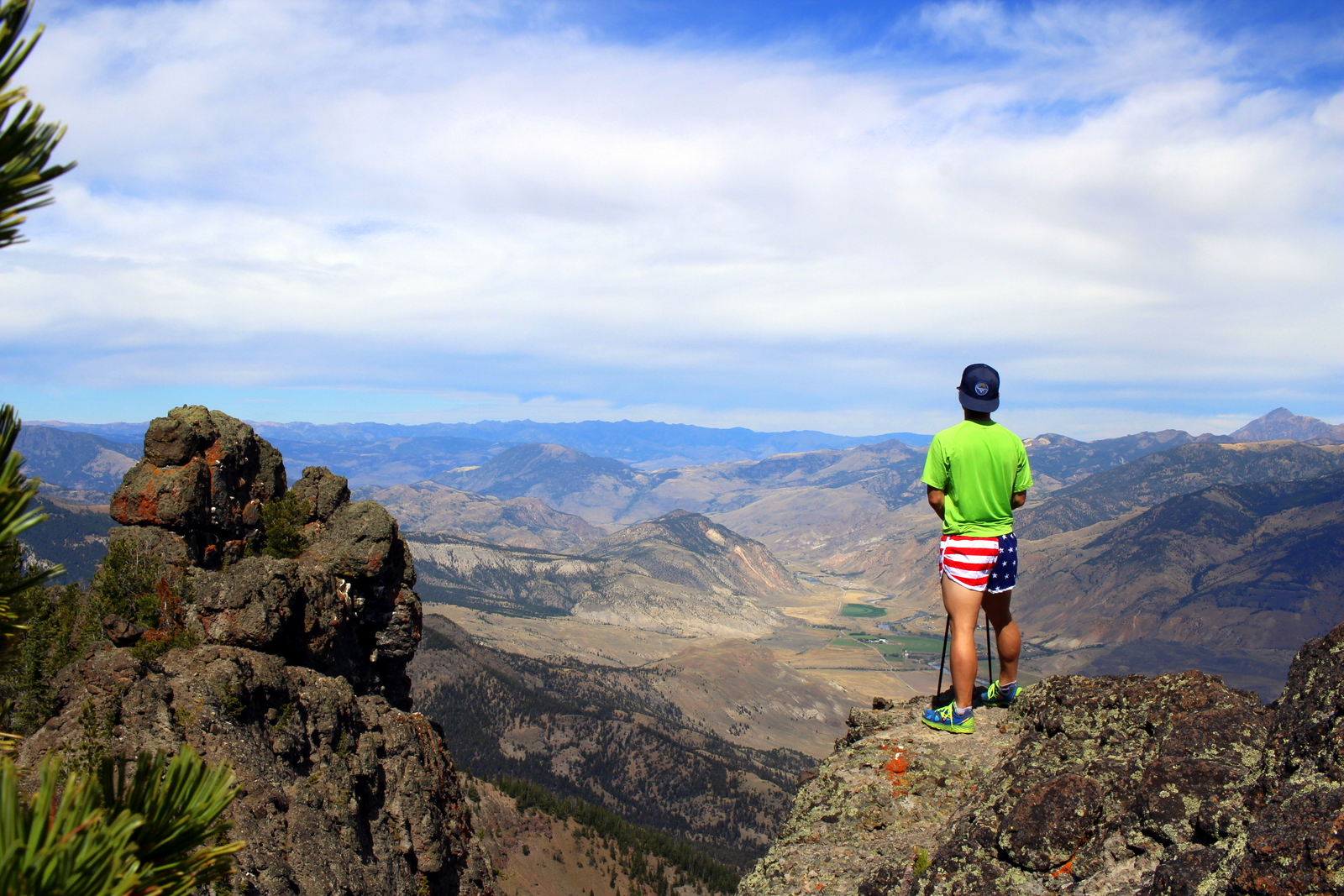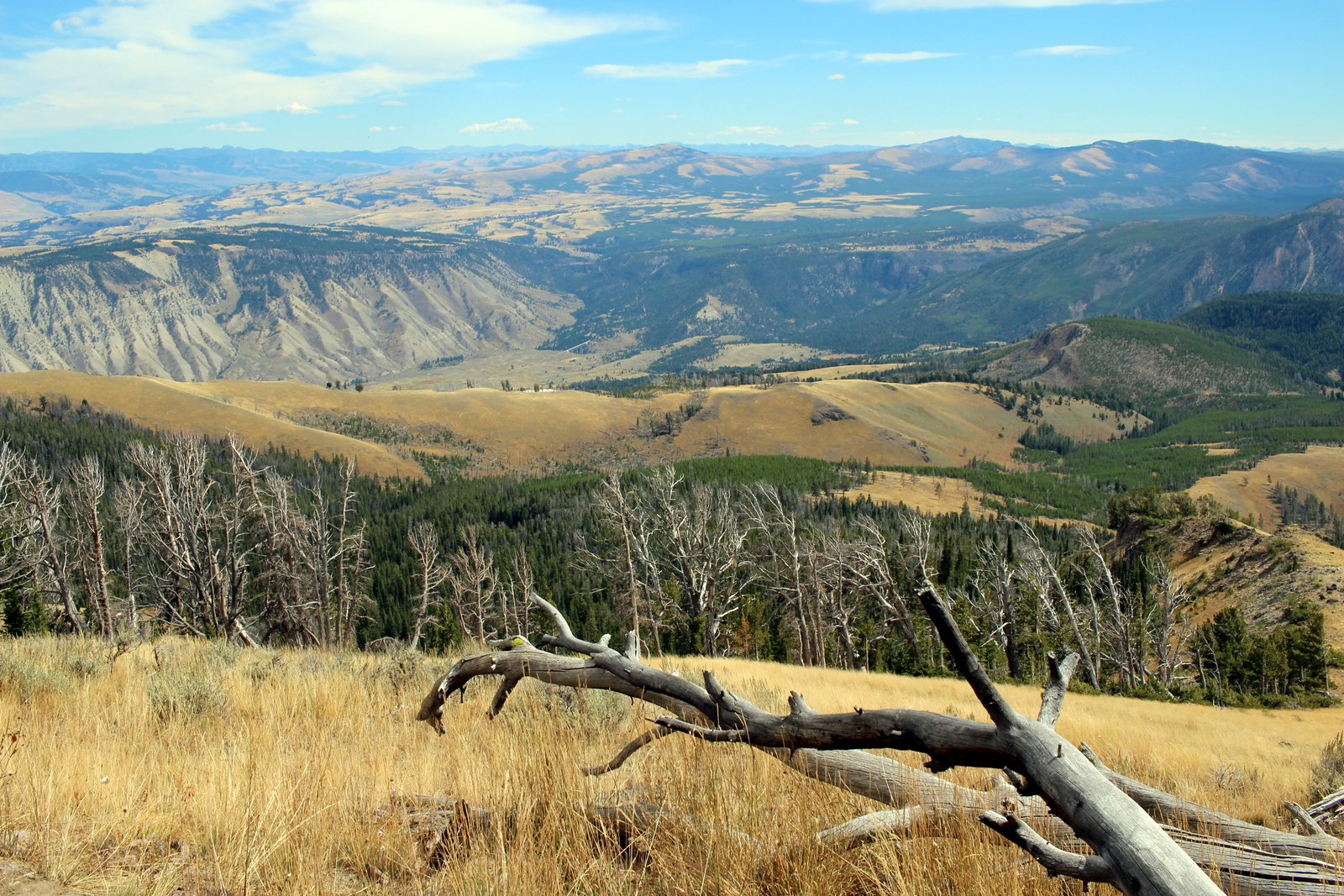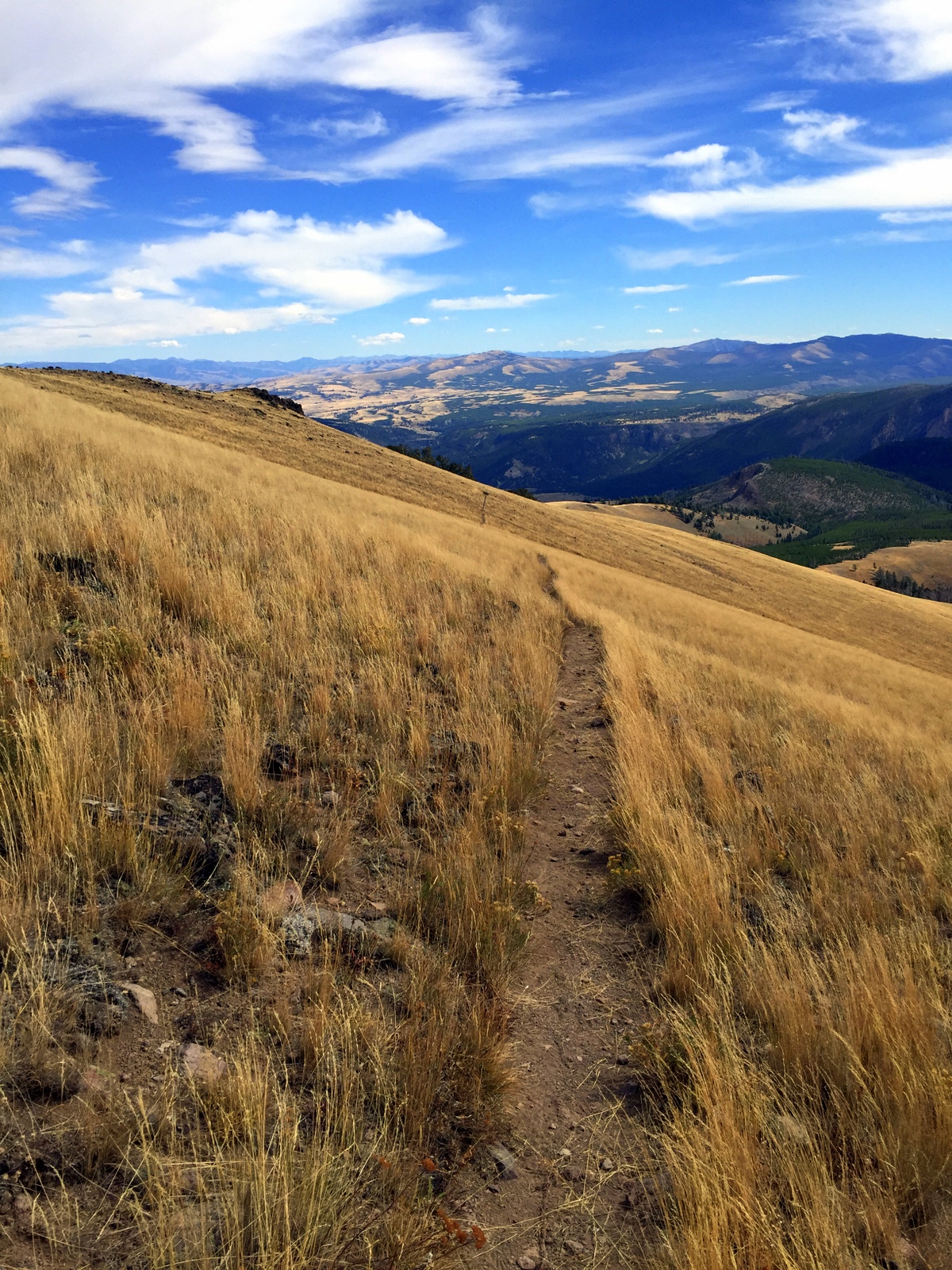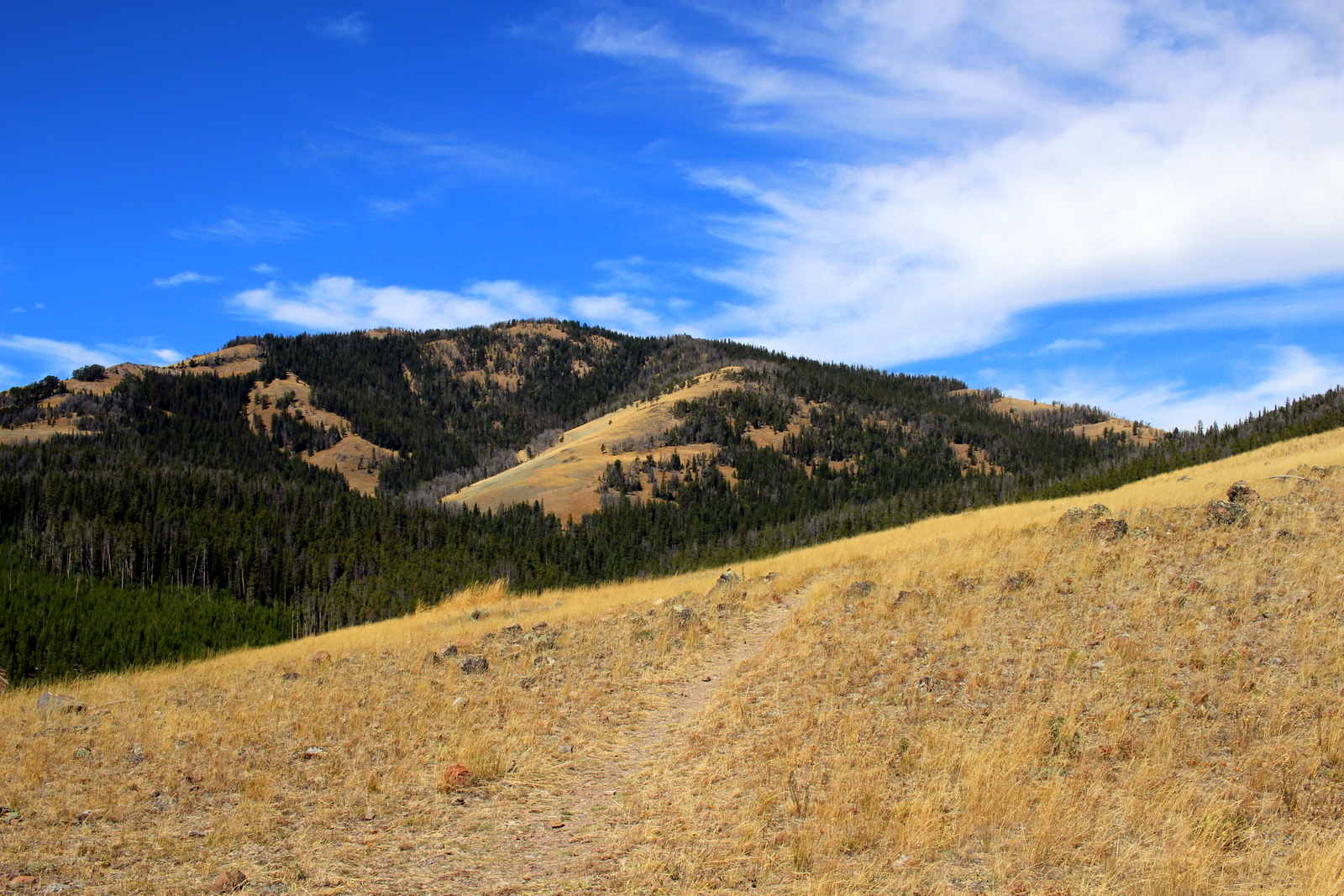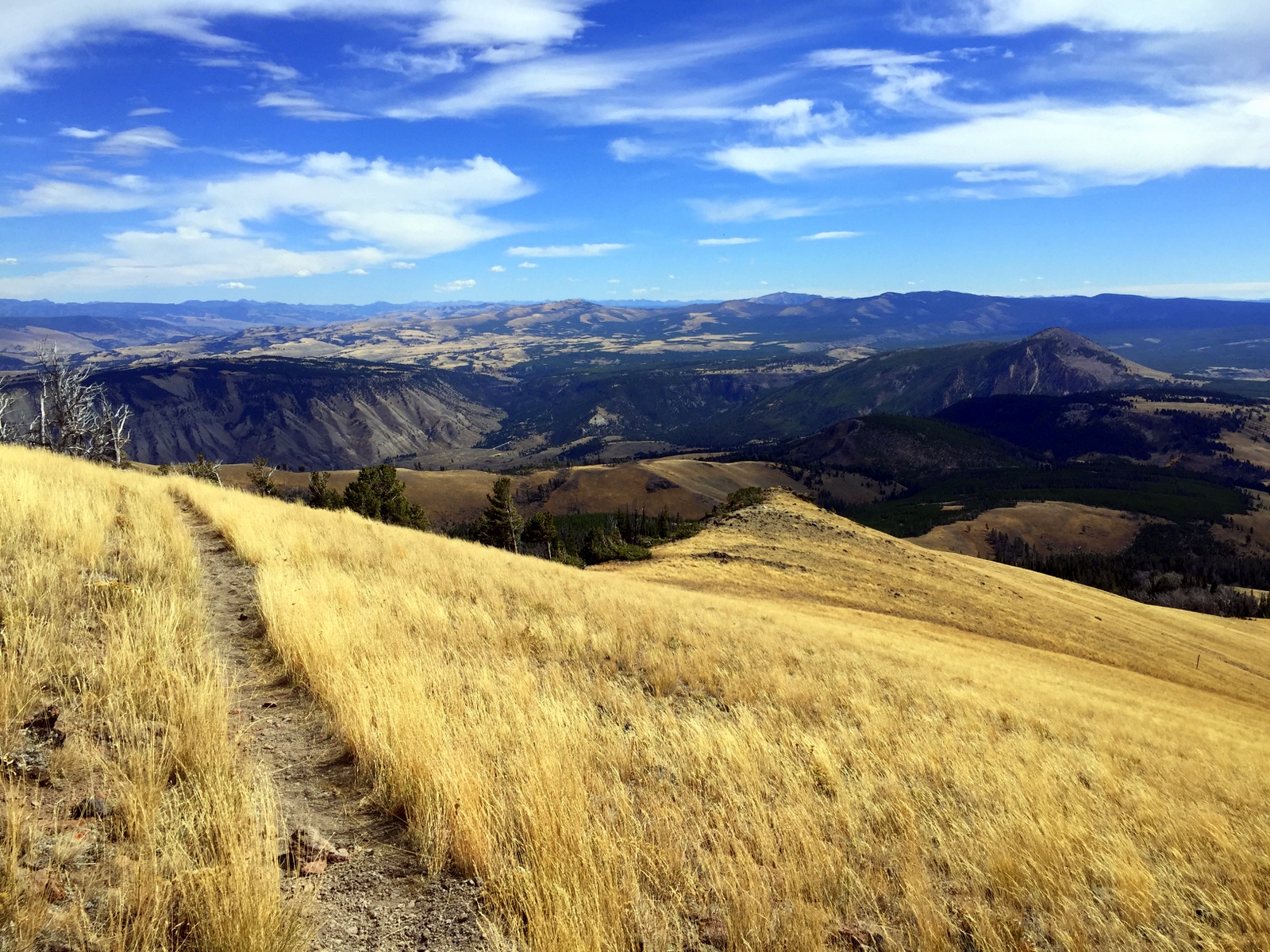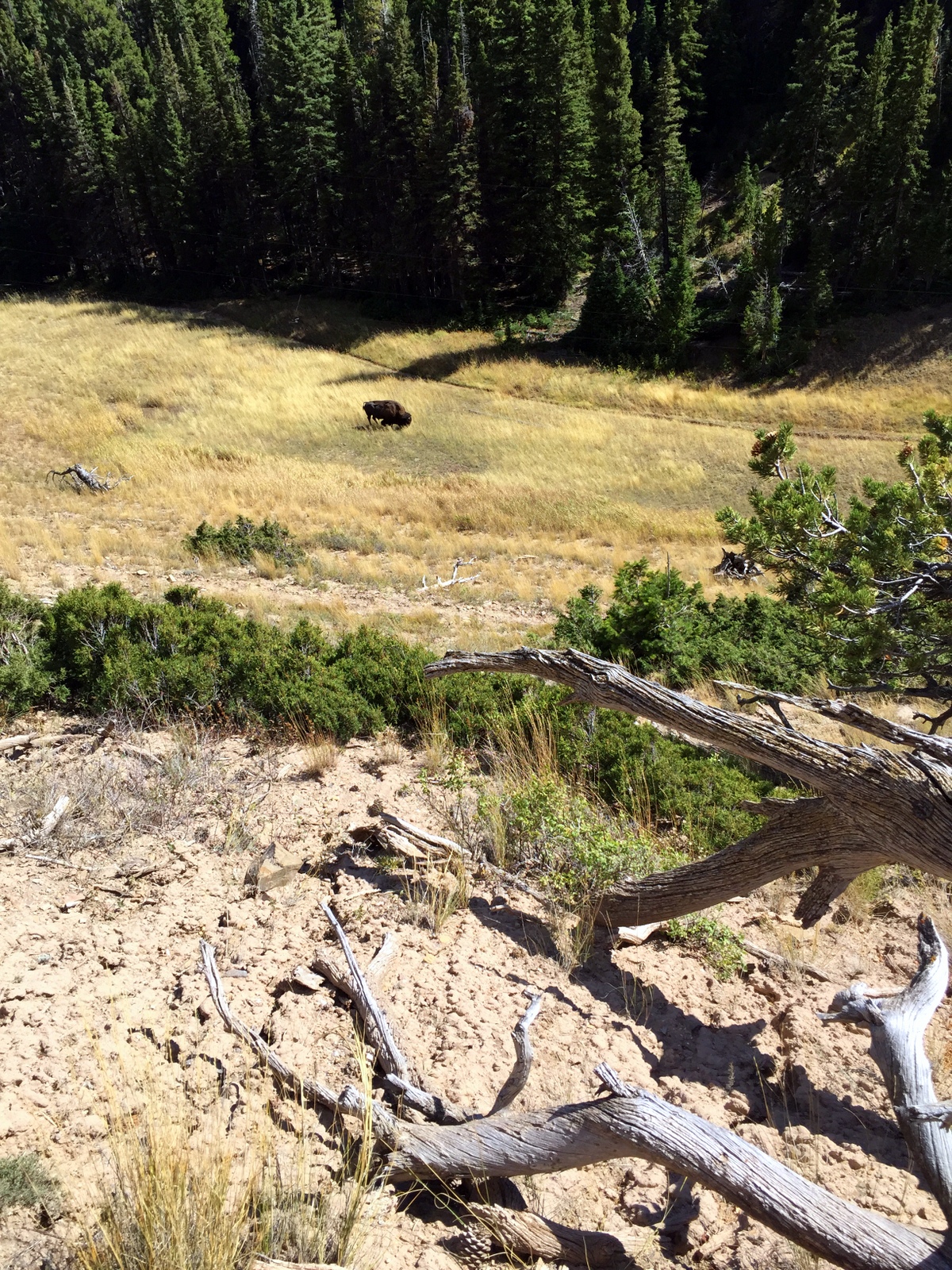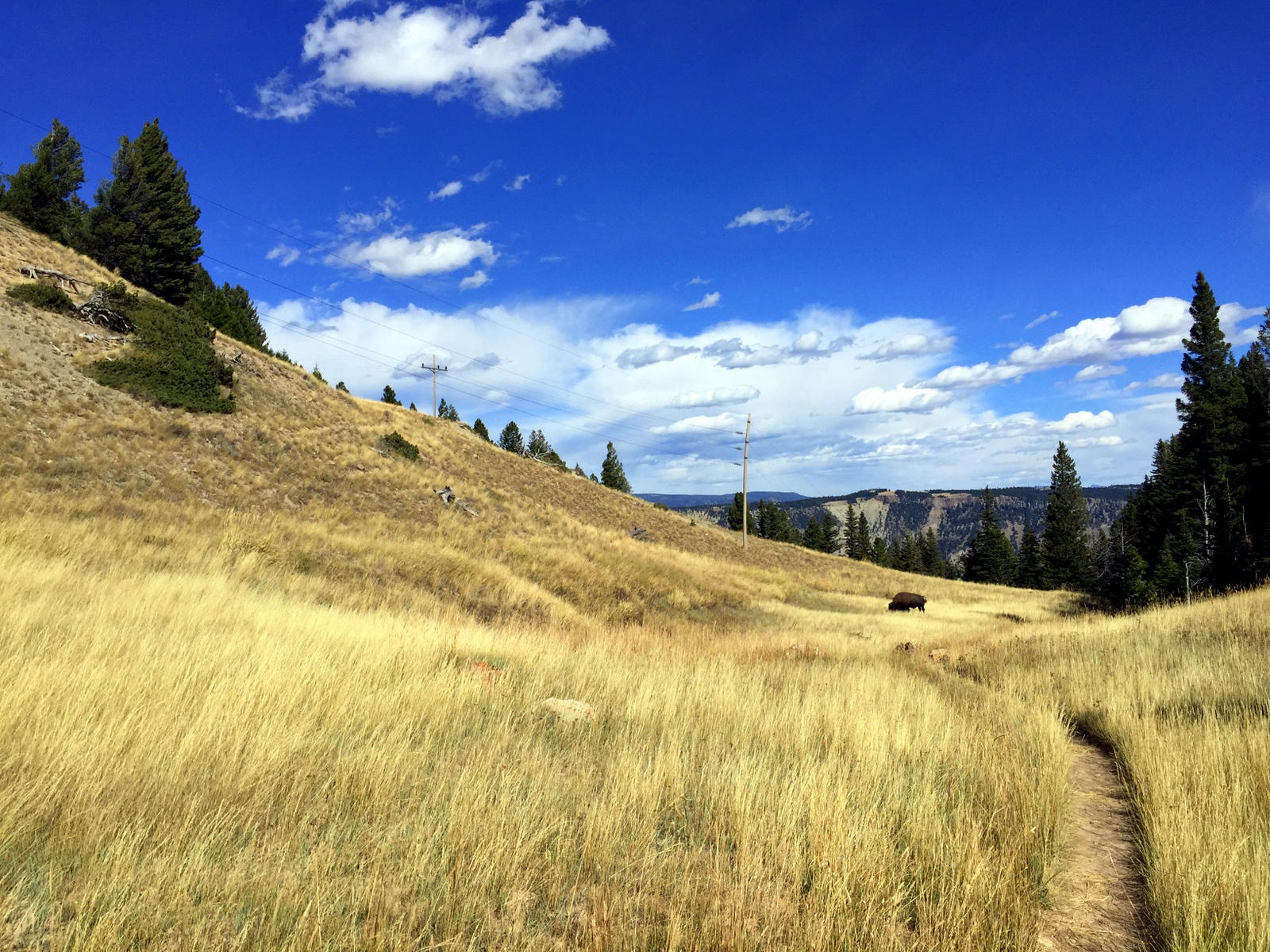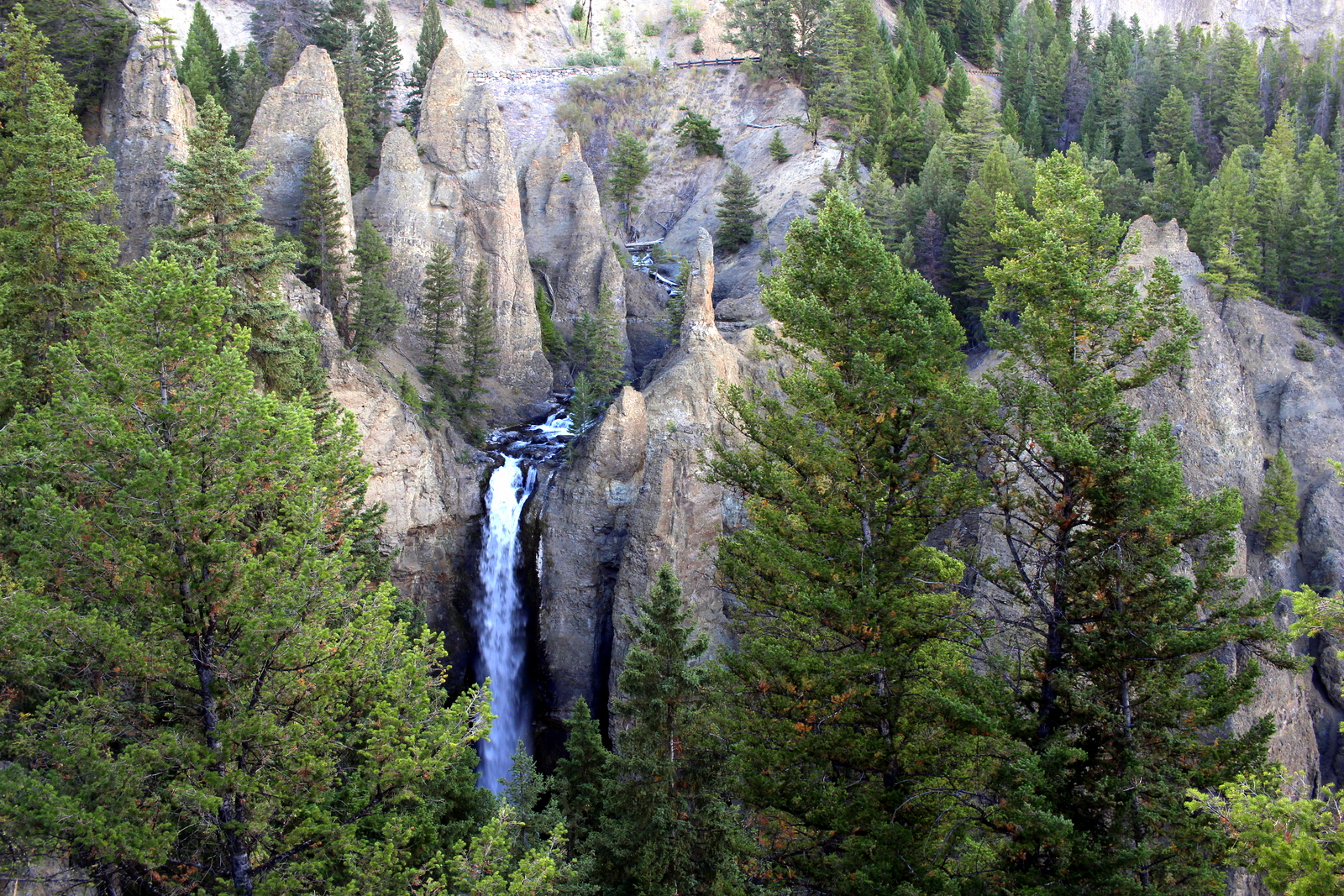Today was two days before my attempt to run the Grand Canyon Rim-to-Rim. I wanted to take it easy. Because I'd arrived late to Zion the day before, I was doing Angels Landing this morning, before heading to Page, AZ to see the physics-defying Horseshoe Bend. I'd end the day early and stay at an Airbnb right below Grand Staircase-Escalante National Monument. I wanted to shower and sleep in a bed right before taking on the R2R.
I woke up super early--early enough so that I was at the shuttle bus at the Zion visitor center by 6:45 a.m. The first shuttle came around at 7 a.m., and I made sure I got onboard. There were a surprising number of hikers at this time. I guess it made sense; this morning was the first day of the fall season. During the summer, the first shuttle had left at 6 a.m. Now, people wanting to do some of the longer hikes (e.g., in the Narrows) would have one less hour to spend in the canyon. It would be imperative to get on the 7 a.m. shuttle.
After 20-30 minutes, we were at the Grotto stop. This was where the Angels Landing trailhead was. As soon as I got off the bus, I wasted no time. I deployed my trekking poles, tightened my fastpack, and immediately got into my running stride. I wanted to get out slightly in front of the pack of hikers that had already gotten onto the trail. But, critically, I also did not want to go at a hard--or even medium--pace; saving energy for the Grand Canyon was my biggest priority.
Yet I found my heart rate creeping up more than I'd hoped. It was simply too much of a thrill to see a tall platform way up above me. I really wanted to get up there--and fast.
I briskly ran the first 3/4 mile or so, which is almost entirely flat alongside the Virgin River. After that, though, the trail turned into a series of mean switchbacks. I knew that if I tried to run these, I'd be adding fatigue to my legs--the very fatigue I was trying to avoid two days before R2R. So I ended up power-hiking, and relying on my poles far more than I normally do. I looked down. Only one person was anywhere close to me. Everyone else had yet to even hit the switchbacks. And I wasn't even sweating.
But then I got to what's knowns as Walter's Wiggles. Walter Ruesh was Zion's first superintendent, and he created this switchback staircase to get up to Angels Landing. It looked a bit out of place, but I marveled at it from an engineering perspective.
I was making good progress, and I knew that no one would catch me. In other words, I'd be the first one to the summit. But I also realized I had another thing to worry about--the sun. I wanted to be on top of Angels Landing before the sun's rays hit it. Basically, I wanted to watch the sun light up the canyon. As I continued the ascent, I could see the sun beginning to light up other parts of the canyon.
Soon enough, I reached the beginning of the notorious final half-mile stretch to the summit. This section has you crossing a narrow sandstone isthmus with a 1,200-foot drop on one side, and an 800-foot one on the other. The NPS had installed support chains that you could hold onto, but I had a feeling it would be as scary as people had said it would be.
When I began, I was definitely nervous. I was envisioning sections of the trail where you necessarily had to hold onto the chain.
But as I ambled along, I realized that that wasn't the case. The chains were definitely helpful at every point in that segment of trail, but it was never, to my mind, necessary. And that just meant that I could let go from time to time. Of course, each time I let go, my palms started sweating.
In 49 minutes, I'd comfortably made it to the summit. The sun was lighting the tops of the canyon walls, but it had yet to hit Angels Landing. I'd succeeded in beating the sun! I took in my first views of Zion from high above. It was as impressive as I'd heard.
l forgot to mention, though, that I technically was not the first person to reach Angels Landing that morning. Benjamin Rusnak, one of the artists-in-residence in Zion; his wife; and a friend were already on the summit when I arrived. I couldn't figure out how they'd made it, since private cars can't drive on the canyon road. It turns out Rusnak's housing is right at the Grotto; they didn't need to wait for the shuttle. Another group of hikers were ahead of me on the trail, but I caught up and passed them. I was still confused as to how they got there. Let's just say they used creative means...
I spent a lot of time up there. One of the best parts of climbing mountains and getting up high is the time spent staying up. Looking down, you could see how effective the shuttle bus system was--there were no cars clogging the road, and the sole vehicle on the road was a shuttle bus.
Soon, Angels Landing was starting to fill up. The fit hikers trickled in, and then, all of a sudden, in the span of 10 minutes, a dozen more hikers made it. Naturally, it got noisier and less serene. But I guess that's the trade-off when you go on one of the most popular hikes in the entire NPS system.
There were also more than humans up at the summit. There were a bunch of chipmunks scurrying about, trying to catch falling crumbs from the bars that everyone was eating. They were pretty sneaky. I found one darting all around my pack (luckily he didn't get inside). At one point, I thought out loud that this place should be called "Chipmunks Landing". Several hikers from Australia laughed and agreed that that would be an entirely appropriate name.
There was also a fun little rock pyramid on the far end of Angels Landing. I climbed up it.
I was hoping to stay longer, but I did have one time constraint: I needed to check out of my campsite by 11 a.m. It would take time to descend, take the shuttle bus back to the visitor center, walk to my campsite, and break camp. So after about 45 minutes--too soon to see even one third of the canyon light up--I said goodbye to everyone I'd met at the top and headed back down. On the way down, I made sure to check out new views of the canyon. On this trip, I've been surprised numerous times by how I see different things and see things differently just by reversing direction.
Another fun aspect of seeing the same thing again is how the time of day evolves and affects your view of the landscape. Shadows are one of the most obvious things that shift over the course of the day and dramatically alter one's perception of a landscape.
Height has an effect, too. On the way up, it was hard to get a sense of the scale of Walter's Wiggles. On the way down, they looked like an absurd human conveyor belt. I forgot to mention that, by the time I was back down on the Wiggles, the trail was packed. There were dozens and dozens of people slowly hiking up to Angels Landing. I was glad I'd gotten up there quickly--and left relatively early too.
On the way back, I stopped at the museum and watched the park video (I figured I could sneak it in before needing to vacate my campsite). I learned more about the geology in the region and how the Zion Canyon formed out of the Colorado Plateau (this feature, by the way, was entirely new to me).
At 10:45 a.m., I was back at the Watchman Campground. I once again processed just how awesome the campsite's location was, and then I packed everything up and got ready to hit the road. Oh, I had a homework assignment to complete first, which involved taking a selfie, so I did that before leaving.
I realized that I hadn't eaten lunch. Normally, I would've just nommed on bars and snacks until I got to a town that had food. But today was not a normal day. It was two days before my R2R attempt. I needed to be fueling up--packing on the calories and just feeling well-fed at all times. I decided I'd backtrack towards Springdale and eat lunch there. I had a delicious wrap at a cafe there, but when it was time to enter and pass through the park to get onto the Zion - Mount Carmel Highway, I encountered an insane amount of traffic. I tried to imagine what Zion would be like if private cars had unlimited access to the canyon road. It would be a nightmare.
Eventually, I made it back into the park, and I proceeded onto the Mount Carmel Highway on the east side of the canyon. I've gotten really good at taking no-look, blind photos while driving.
Soon, we entered the Zion-Mount Carmel Tunnel, which, when completed in 1930, was the longest of its kind in the U.S. It was an engineering feat, one made even more impressive by the various galleries that let drivers catch glimpses of the canyon while driving (perhaps a dangerous distraction?).
When I popped out on the other side of the tunnel, the whole landscape looked different. It just felt different.
I also saw my first bighorn sheep. They'd been eluding me all summer--I'd finally seen one!
I continued through smaller tunnel segments. This was a really scenic and fun drive--one of the best to date.
Almost at the end of the scenic highway, I came across a pullout spot right by Checkerboard Mesa. And then it hit me: this was the exact same spot where we'd finished the hike in the Barracks. I'd somehow made it out of the canyon and up to this pullout, where buses were waiting with endless supplies of water. In short, seeing this pullout brought back a lot of memories, both good and bad.
And then I was out on the open highway again, this time off to Page, AZ.
Just about the only thing worth doing in Page is visiting Horseshoe Bend in Glen Canyon National Recreation Area. This feature was simply stunning, jaw-droppingly so. I wanted to linger, but it was scorching out, and I didn't want to generate any more fatigue in advance of the R2R. So I left pretty quickly.
I made more one more stop before checking in at my Airbnb. That was Lake Powell. What's mind-boggling about Lake Powell is how much water there is in it, even though everything else in the area is parched. The lake shone--it almost glowed--in the strong sunlight.
It was late afternoon now. I proceeded to my Airbnb and met my host, Janiece. After showering and unwinding for a couple hours, I realized that it was the night of the blood moon lunar eclipse. I sat on the porch to observe. I caught a glimpse of the eclipse as it was happening.
Unfortunately, as the eclipse continued, the clouds began rolling in and obstructing a clear view of the moon. So, when it actually turned blood orange, I could barely see it. It was an ironic end to the day. I was in one of the most isolated parts of an already isolated area, and therefore was in prime stargazing territory. But I ended up basically not being able to see much of the details of the eclipse. Sometimes that's just the way things work.



































































